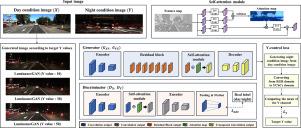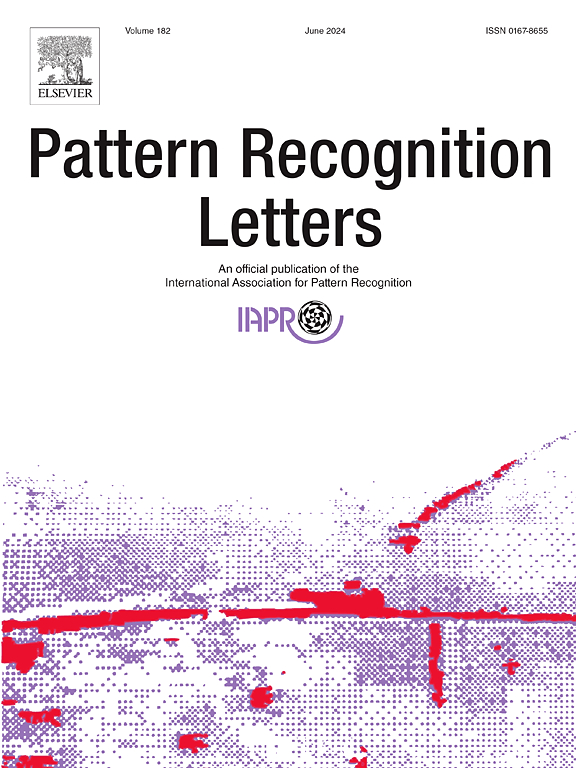LuminanceGAN:根据不同的夜间条件控制生成图像的亮度
IF 3.9
3区 计算机科学
Q2 COMPUTER SCIENCE, ARTIFICIAL INTELLIGENCE
引用次数: 0
摘要
有多种数据集可用于训练自动驾驶中使用的深度学习模型。然而,这些数据集大多由白天获得的图像组成,导致在处理夜间图像时出现数据不平衡问题。为了解决夜间状态数据集的不足,人们提出了一些日夜图像转换模型,但这些模型往往会产生伪影,而且无法控制生成图像的亮度。在本研究中,我们提出了一种 LuminanceGAN,用于控制夜间条件下的亮度,以生成逼真的夜间图像输出。所提出的新型 Y 控制损失可将输出图像的亮度收敛到特定的亮度值。此外,自我注意模块的实施有效地减少了生成图像中的伪影。因此,在定性比较中,我们的模型在日夜图像转换中表现出了卓越的性能。此外,我们还使用车道检测模型进行了定量评估,结果表明我们提出的方法提高了夜间车道检测任务的性能。此外,我们还使用评估指标对生成的室内黑暗图像的质量进行了评估。结果证明,与其他图像转换模型相比,我们的模型生成的图像与真实的黑暗图像最为相似。本文章由计算机程序翻译,如有差异,请以英文原文为准。

LuminanceGAN: Controlling the brightness of generated images for various night conditions
There are diverse datasets available for training deep learning models utilized in autonomous driving. However, most of these datasets are composed of images obtained in day conditions, leading to a data imbalance issue when dealing with night condition images. Several day-to-night image translation models have been proposed to resolve the insufficiency of the night condition dataset, but these models often generate artifacts and cannot control the brightness of the generated image. In this study, we propose a LuminanceGAN, for controlling the brightness degree in night conditions to generate realistic night image outputs. The proposed novel Y-control loss converges the brightness degree of the output image to a specific luminance value. Furthermore, the implementation of the self-attention module effectively reduces artifacts in the generated images. Consequently, in qualitative comparisons, our model demonstrates superior performance in day-to-night image translation. Additionally, a quantitative evaluation was conducted using lane detection models, showing that our proposed method improves performance in night lane detection tasks. Moreover, the quality of the generated indoor dark images was assessed using an evaluation metric. It can be proven that our model generates images most similar to real dark images compared to other image translation models.
求助全文
通过发布文献求助,成功后即可免费获取论文全文。
去求助
来源期刊

Pattern Recognition Letters
工程技术-计算机:人工智能
CiteScore
12.40
自引率
5.90%
发文量
287
审稿时长
9.1 months
期刊介绍:
Pattern Recognition Letters aims at rapid publication of concise articles of a broad interest in pattern recognition.
Subject areas include all the current fields of interest represented by the Technical Committees of the International Association of Pattern Recognition, and other developing themes involving learning and recognition.
 求助内容:
求助内容: 应助结果提醒方式:
应助结果提醒方式:


